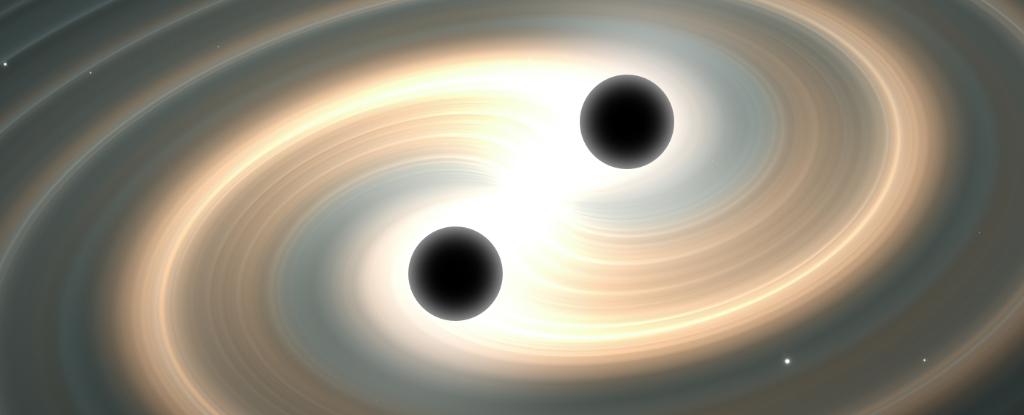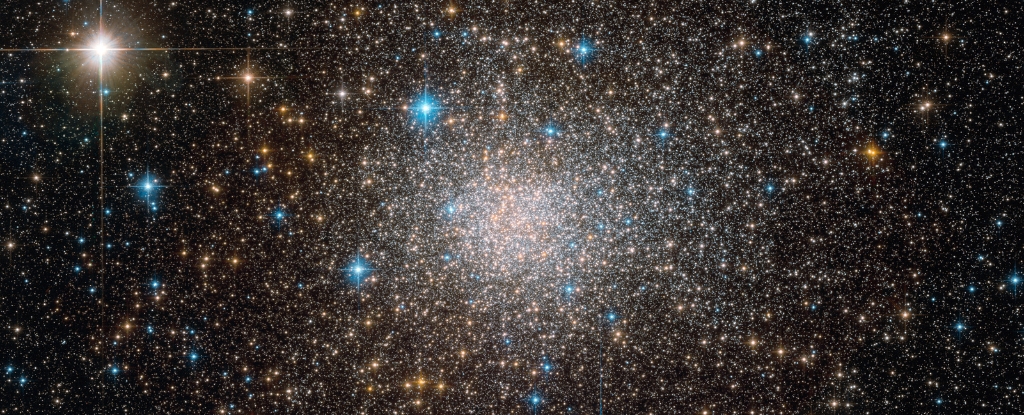
Astronomers at the University of Sydney have found the slowest rotating pulsar yet found, a 'cosmic lighthouse' that spins once every 6.5 hours, pushing the boundaries of what was thought possible.

Using the largest gravitational wave detector ever made, we have confirmed earlier reports that the fabric of the Universe is constantly vibrating.

Terzan 5 star cluster is a copious producer of cosmic rays, because it contains a large population of rapidly rotating, incredibly dense and magnetised millisecond pulsars – which accelerate cosmic rays up to extremely high speeds.

Astronomers studying black holes have serendipitously found another rarity: a dead star rocketing away from its birth supernova, leaving a comet-like trail of radio emission in its wake.

Far out in the Milky Way, roughly 22,000 light years from Earth, a star unlike any other roars with a magnetic force that beats anything physicists have ever seen.

The discovery of a neutron star emitting unusual radio signals is rewriting our understanding of these unique star systems.

The star in question is called Swift J1818.0–1Th607 is what's known as a magnetar, though, none of the magnetars have ever been observed pulsing in quite the same way as Swift J1818.0–1607.

Only 31 magnetars ( type of neutron star that has the strongest magnetic field ) have even been discovered and recently astronomers have found an extremely unique object that is both a magnetar and a pulsar.

A new computer model is revealing the unseen and often bizarre behaviors of particles streaming around rapidly spinning neutron stars, also known as pulsars.

“The emission is clearly above what the neutron star itself emits—it doesn’t come from the neutron star alone,” the study’s lead author stated.“This is very new.”

Astronomers have discovered a pulsar that comes with its own magnifying glass — courtesy of its brown dwarf companion that’s being torn to shreds.

Astronomers think that Earth is showered by 'anti-electrons' because of pulsars, but there are more of these particles coming at us than there should be.

China’s FAST Radio Telescope Discovers 2 Pulsars During 1 Year Trial Run

Astronomers have made an important breakthrough in the understanding of how pulsars work. Using a new inverse mapping or reverse engineering approach, researchers were able to establish for the first time that most of the light from the pulsar comes from close to the star